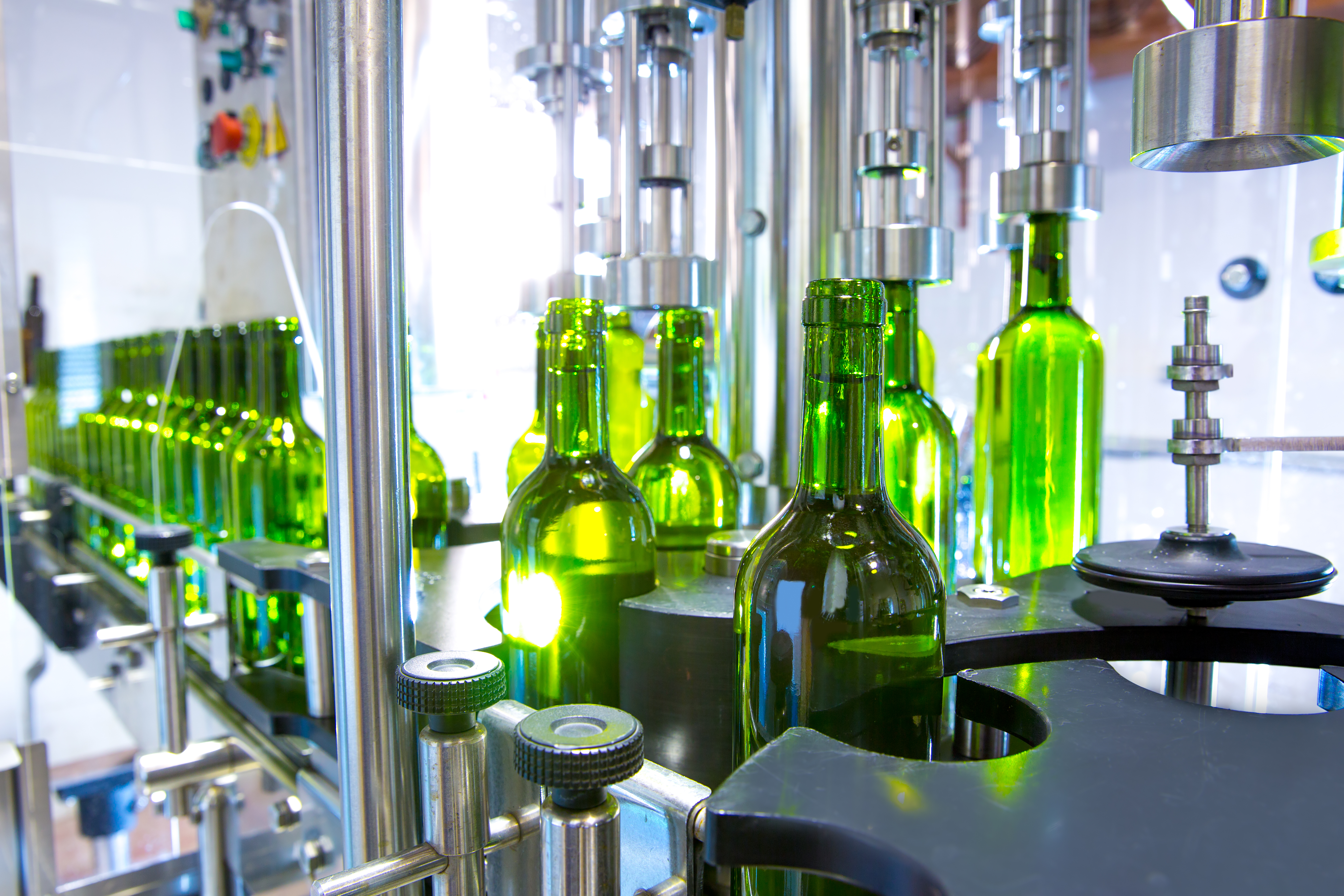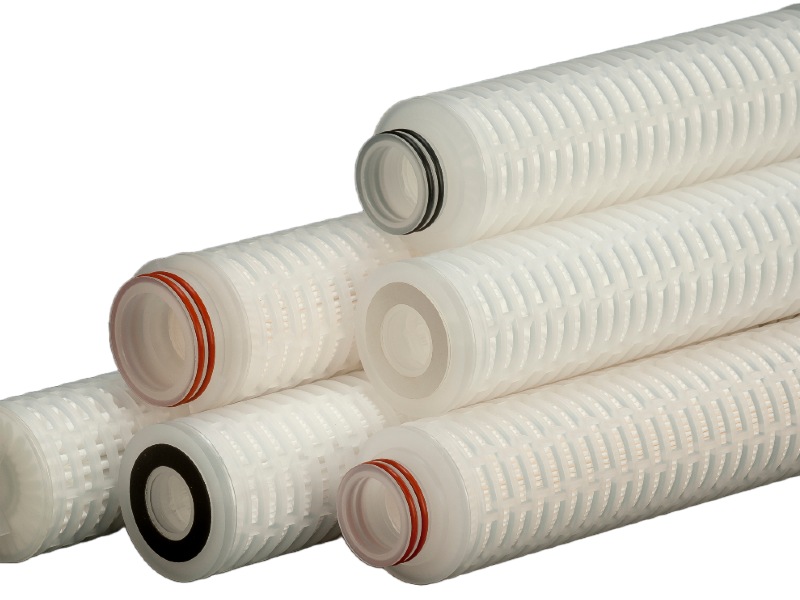Bag Filtration: Needlefelts, Monofilament Meshes & Others
Bag filtration is a primary filtration process across many industries, providing an effective and economical solution for liquid filtration needs. The choice of material for bag filters is crucial, as it determines the filter's performance, efficiency, and suitability for specific applications.
This blog explores the main materials used in bag filters: needlefelts, monofilament meshes, and other common materials, highlighting their differences and ideal uses.
Needlefelts
Needlefelts are nonwoven fabrics made from synthetic fibres such as polyester or polypropylene. The fibres are mechanically entangled to create a dense, felt-like porous material. This then acts as a depth filter with high particulate loading capacity.
Advantages of Needlefelts:
- Depth Filtration: Needlefelts provide depth filtration, where particles are trapped throughout in the layers of the material. This results in a high dirt-holding capacity. This lifespan can be further extended by the use of thicker felts, which increases the capacity of the bag, extending the bag service life.
- High Filtration Efficiency: These are typically multi layer bags and they can capture fine particles effectively, making them suitable for applications requiring absolute filtration precision.
- Chemical Resistance: Polyester and polypropylene needlefelts are resistant to a wide range of chemicals, making them versatile for various industrial processes.
Applications:
- Water Treatment: Effective in removing suspended solids and impurities from water.
- Chemical Processing: Suitable for filtering chemicals and solvents, thanks to their chemical resistance.
- Food and Beverage: Used for clarifying liquids to maintain product quality and safety.
Monofilament Meshes
Monofilament meshes are woven from single, continuous strands of synthetic materials like nylon or polyester. The precise and uniform weave creates a mesh with specific pore sizes.
Advantages of Monofilament Meshes:
- Surface Filtration: Monofilament meshes provide surface filtration, where particles are captured on the surface of the material. This allows for easy cleaning and reuse in some applications.
- Consistent Pore Size: The uniform weave ensures precise and consistent pore sizes, which is critical for applications requiring exact filtration. This allows for the removal of particles and contaminants of a specific size.
- Durability: Monofilament meshes are robust and can withstand higher pressures and mechanical stress. This allows for multiple use and reduction in filter costs.
Applications:
- Pharmaceuticals: Used in applications where precise and consistent filtration is crucial.
- Paints and Coatings: Ideal for removing contaminants to ensure a smooth finish.
- Food Processing: Used in situations where filtration precision and easy cleaning are essential.
Other Materials
Aside from needlefelts and monofilament meshes, bag filters can be made from materials such as multifilament meshes and paper.
Multifilament Meshes:
- Composition: Made from multiple filaments twisted together, typically nylon or polyester.
- Advantages: Offer good filtration efficiency and durability.
- Applications: Common in applications where a balance between cost and performance is required, such as general industrial filtration.
Paper:
- Composition: Made from cellulose fibers.
- Advantages: Cost-effective and biodegradable.
- Applications: Used in applications where disposable filters are preferred, such as in laboratory settings or for filtering low-viscosity liquids.
Choosing the Right Material
Selecting the appropriate material for your bag filter depends on several factors:
- Filtration Requirements: Consider the particle size and type of contaminants you need to filter.
- Chemical Compatibility: Ensure the material can withstand the chemical properties of the liquid being filtered.
- Operational Conditions: Assess the temperature, pressure, and mechanical stress the filter will endure.
- Cost and Maintenance: Balance the initial cost with the filter's lifespan and maintenance needs.
Understanding the differences between needlefelts, monofilament meshes, and other materials used in bag filters is essential for optimising your filtration process. Each material offers unique advantages and is suited to specific applications. By selecting the right material, you can achieve efficient and effective filtration, ensuring the quality and safety of your products and processes.
For further information or assistance in choosing the right bag filter material for your application, feel free to contact our experts. We're here to help you make the best choice for your filtration needs. You can give us a call or send us an email, we're always happy to help.
PoreFiltration – Making your filtration systems work harder



-2.png)

